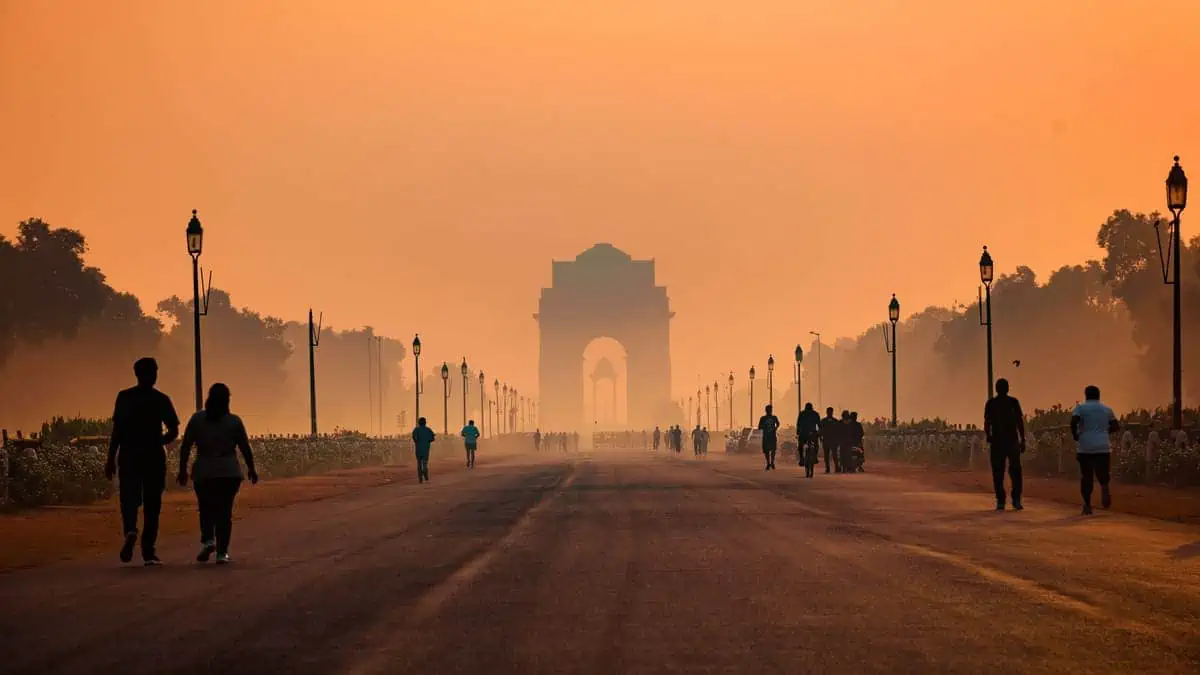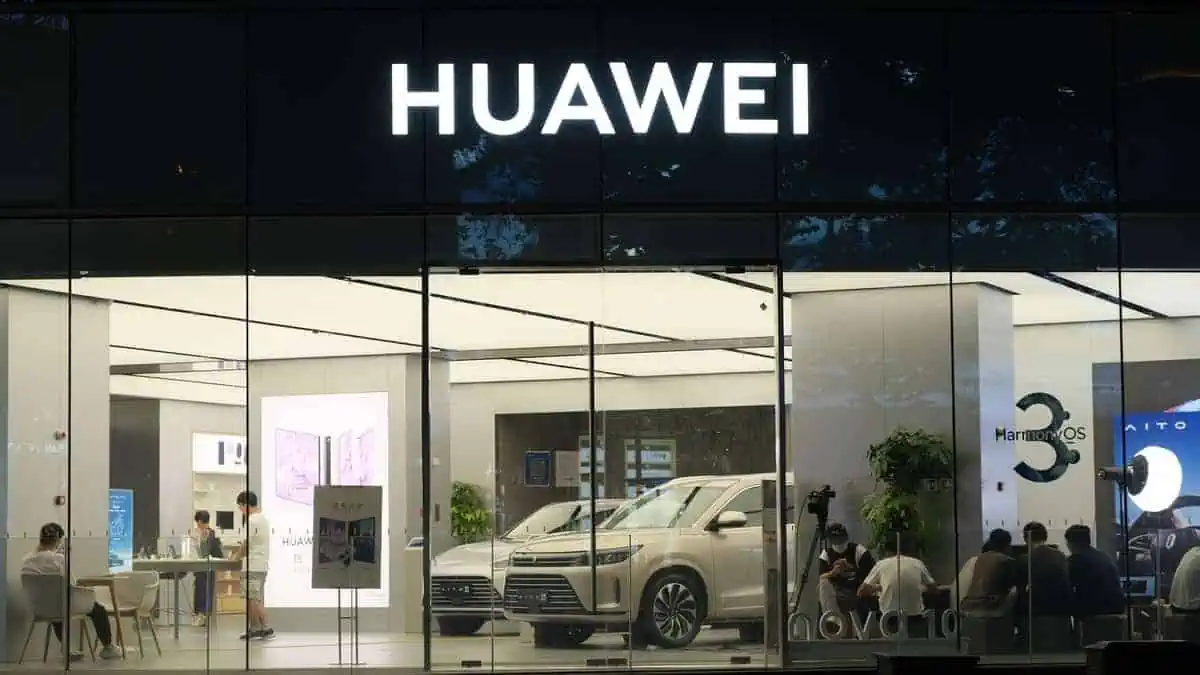Some Indian states are leading the shift to sustainable and green mobility, including Uttar Pradesh, Maharashtra, Karnataka, Tamil Nadu, Gujarat, and Rajasthan. According to Clean Mobility Shift’s EV dashboard, these six major states’ cumulative market share reached a whopping 60% in the local electric vehicle industry from January to August.
Meanwhile, the other 40% were contributed by markets throughout the country’s 22 states and 8 union territories, as noted by pv magazine.
India’s EV sales (Jan-Aug)
Electric vehicle sales in India already hit 964.51k units from January to August, which is almost the same record in FY 2022.
Meanwhile, the country’s penetration rate reached 6.4% in the same period. For those unaware, it quantifies EV sales over the county’s overall auto sales.
Considering this significant development in India’s EV sales and penetration rate, the industry now expects to sell a total of 1.2 million units in 2023. This forecast represents a notable increase from just one million in 2022.
According to the EV dashboard, electric two-wheeler models’ penetration rate remains low at below 5% so far this year despite its constant sales growth.
The dashboard also revealed that Ladakh, Chandigarh, Chhattisgarh, Assam, and Uttar Pradesh’s penetration rate for electric three-wheelers is already at 80% in 2023. Meanwhile, Goa holds the largest penetration rate for two-wheeler EVs at 17% this year and the largest overall EV penetration rate at 12.62%.
Electric four-wheeler models’ penetration rate surpassed 4% in Kerala, Delhi, and Goa, demonstrating a change in customers’ preferences.
Notably, Uttar Pradesh had the highest EV sales against all other Indian states at 168,856 units.
Electric vehicle types in India
Clean Mobility Shift outlined the different types of electric vehicles in India, including electric two-wheelers, three-wheelers, four-wheelers, and buses.
Below are the vehicles included in each category:
| Type | Vehicles |
| Electric two wheelers | Moped, Motorcycle/Scooter, Motorised cycle above 25 cc, motorized scooter for hire |
| Electric three wheeler | three wheeler for personal use, shared, shared low speed, goods vehicle and goods vehicle low speed |
| Electric four wheeler | cars for personal use, cabs and cargo |
| Buses | bus, omni bus and educational institution bus |
Source: Clean Mobility Shift
Call for more government initiatives
The Climate Trends Director noted that India’s electric vehicle adoption continues progressing as the government realizes the importance of decarbonizing the transportation sector for a more sustainable future.
That said, Director Khosla calls for more public discussions on electric vehicles and the implications of the sales data.
“E-mobility has come a long way in India and has gained significant acceptance as a mode of clean transport. The Prime Minister has also acknowledged the big role that transport decarbonization will play in India’s sustainable development efforts. It’s important to sustain narratives in the public debate on why EVs are clean transport, and what is the sales data telling us about ground realities, hits, and misses of policies. This dashboard will help with fact-based, data-driven stories, and support researchers, journalists, and the public in understanding EV growth in different geographies, across time and vehicle types.”
Aarti Khosla, Director of Climate Trends
An ICCT Researcher also suggests that the country extend its demand-side incentives to aid customers in buying expensive EV models.
“Demand-side incentives will need to be continued for some time to make costs of EVs more palatable to end users, both by the central and state governments. But at the same time, attracting investments in EV manufacturing that eventually lead to economies of scale and thereby bring down cost, also needs to be addressed in parallel. Subsidies alone cannot drive mass volumes.”
Shikha Rokadiya, Researcher, ICCT
Associate Director Narayan Kumar further noted the need for more initiatives to make two-wheeler EVs more affordable without largely depending on government subsidies.
“Finding ways to unlock affordable and accessible finance is also a way of encouraging two wheeler sales without relying heavily on subsidies. Currently, SBI offers an interest rate as high as 18% for two wheeler purchase, which is not at all affordable for the common man. Along with this, creating strong regulatory frameworks that builds the confidence of investors to invest in the EV ecosystem is the need of the hour.”
Narayan Kumar, associate director, e-mobility, Shakti SEF
See Also:
- Battery-swapping industry continues to expand but lacks necessary support from the Indian Government
- Tesla drives India to contemplate import tax cut on one condition, sources reveal
- Indian EV industry enjoys 120% growth thanks to hybrids’ 400% sale increase in Q2 2O23
- Maruti Suzuki to launch six new electric vehicles in India
- Foxconn aims to make India its third global EV hub
India’s continuous progress in the electric vehicle industry demonstrates its potential to advance as one of the key markets for the technology. In fact, the world’s most valuable automaker, Tesla, has long been attracted to invest in the country. CEO Elon Musk highly believes in India’s capacity to support an entire electric vehicle ecosystem.






